Statistics I. - GMEST2ABNF
Academic year/semester: 2024/25/2
ECTS Credits: 4
Available for: Only for the faculty’s students
Lecture hours: 1
Seminarium:0
Practice: 2
Laboratory: 0
Consultation: 0
Prerequisites: -
Course Leader: Dr. Viktor Nagy
Faculty: Keleti Károly Faculty of Business and Management, 1084 Budapest, Tavaszmező utca 17.
Course Description:
The development of Hungarian statistics, a brief overview of its history. The institutional framework of official statistics (UN Statistical Division, Eurostat, The Hungarian Statistical Service). Basic concepts: statistics; the population and criteria; statistical series and tables; measurement, measurement scales, data accuracy; calculated averages: averages; ratios. Quantitative analysis of a population I: frequency, relative frequency; class intervals; graphical illustrations; sum of values, relative sum of values; cumulation; situation indicators (mean, mode, median, quantile). Quantitative analysis of a population II. : variance indicators (spread, mean deviation, standard deviation, relative standard deviation, mean difference). Quantitative analysis of the population III: shape indicators (asymmetry, peak); concentration (Lorenz curve, Herfindahl-Hirschman index); additional graphical charts (age tree, box plot). Simple analyses by time criterion. Multi-criteria analysis of a manifold: analysis of simple tables; analysis of clustering tables; analysis of combinatorial tables (association, mixed relationship, correlation). Comparison of composite intensity ratios: difference decomposition; quotient decomposition. Index calculation: comparing two periods (volume, price, value; average forms of indices); comparing several periods; spatial comparisons; some important practical index numbers.
Competences:
-
Topics:
1. The field of Statistics. Descriptive and inferential Statistics. Data, information. Sources: primary and secondary. Qualitative and quantitative data. Direct observation, experiments, surveys.
2. Population, subpopulation, sample. Parameter, statistic. Measurement scales. Basic jargon. Discrete and continuous variables.
3. Comparison, ratios, harmonic, geometric, arithmetic, quadratic means.
4. Frequency distributions, classes, Lorenz curve, concentration.
5. Measures of central tendency, percentiles. Measures of dispersion, measures of relative position.
6. Graphing categorical and numerical data, charts.
7. Test 1
8. Contingency tables I. Measures of association.
9. Contingency tables II. Mixed relationship.
10. Contingency tables III. Correlation.
11. Comparison with the method of standardization.
12. Index numbers: simple indices, weighted aggregate indices: Laspeyres’ and Paasche’s indices, Fisher indices.
13. Test 2
14. Makeup exams
Assessment: Grade in this course is calculated numerically based on total points/percentages of the two tests although the instructor may raise or decrease it by one grade based on the active/inactive participation in classes or the level of the homework. Test 1 takes place on 25th October 2023. A maximum of 50 points can be earned. Test 2 takes place on 6th December 2023. A maximum of 50 points can be earned. Students may get homework, which should be handed in until the next lesson or presented in some minutes. If the student does not show up or there is no homework prepared, the total performance decreases by 10 points per homework at the end of the semester before the final grading. Grading: 5 (excellent): 87 – 100 4 (good): 75 – 86 3 (satisfactory): 63 – 74 2 (pass): 51 – 62 1 (fail): 50 or less Should a student accumulate a total of 50 or less, an additional chance is given to him/her to meet the requirements. This make-up exam takes place on 13th December 2023, and consists of all the topics of the semester. Grading: same proportions applied as above displayed.
Exam Types:
Written Exam
Compulsory bibliography: Louise Swift and Sally Piff: Quantitative Methods for Business, Management and Finance, Macmillan Education UK, 2014 Les Oakshott: Essential Quantitative Methods: For Business, Management and Finance. 6th Edition, Palgrave, 2016 Les Oakshott: Quantitative Methods. Palgrave, 2014 Robert Donnelly: The Complete Idiot`s Guide to Statistics. 2nd Edition, Alpha, 2007 Deborah J. Rumsey: Statistics For Dummies. 2nd Edition, Wiley, 2011
Recommended bibliography: David Freedman, Robert Pisani, Roger Purves: Statistics (4th Edition), W.W.Norton & Company Inc, 2007
Additional bibliography: -
Additional Information: -



